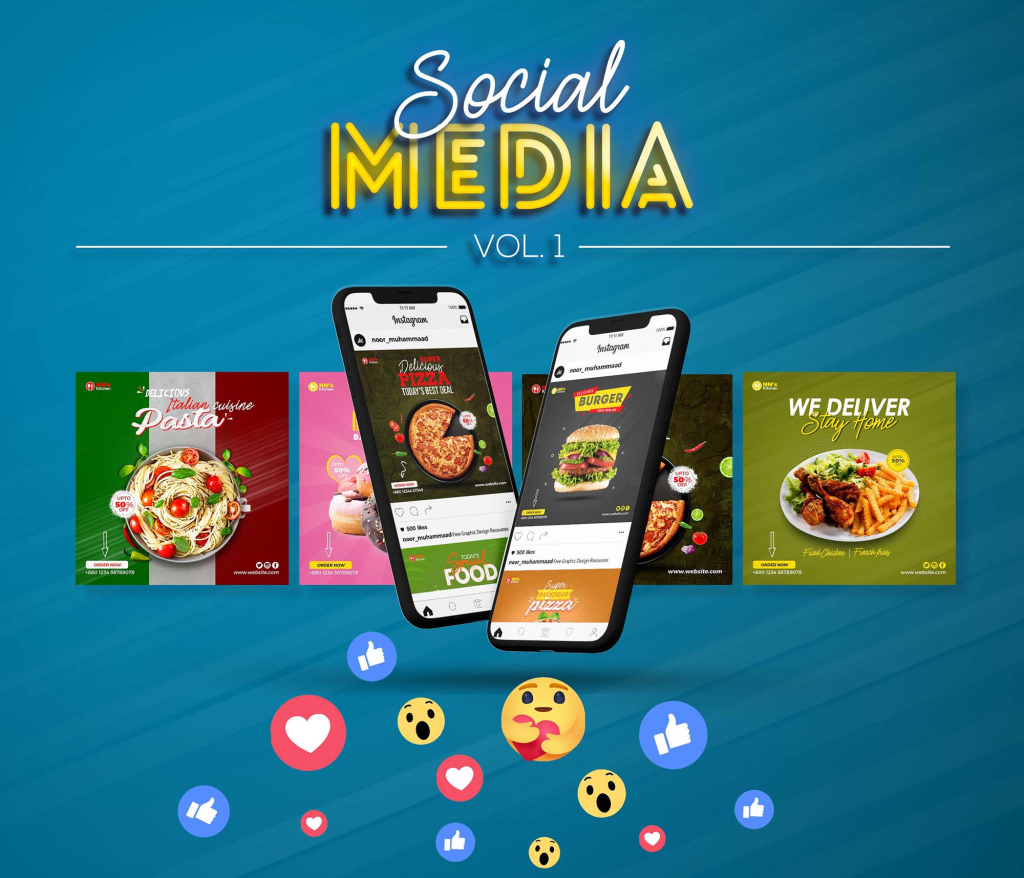Here’s your social media post mockup for your next design project. In the competitive world of design, effectively communicating your vision to clients is crucial. Mockups play a vital role in this process, bridging the gap between your conceptual ideas and the client’s understanding. Here comes the importance of mockup!

Additional info about T-shirt mockup:
- For private & commercial purpose
- 48.1 MB
- Credits: Noor Muhammad
What is a Mockup?
A mockup is a detailed static representation of a design, showcasing how the final product will look. Unlike wireframes, which outline the basic structure, mockups include visual details such as colors, typography, and images, providing a realistic view of the design.
Why Are Mockups Important?
1. Visualization
Mockups allow clients to visualize the end product. Seeing a tangible representation helps clients understand your design concept more clearly than abstract descriptions or basic sketches. This can lead to quicker approvals and less back-and-forth, saving time for both parties.
2. Enhanced Communication
Presenting a mockup enhances communication between the designer and the client. It serves as a visual aid that can clarify any ambiguities. When clients can see and interact with a near-final version of the design, it fosters more productive discussions and feedback sessions.
3. Expectation Management
Mockups help set realistic expectations. They provide a clear picture of what the final product will look like, reducing the likelihood of misunderstandings or unrealistic expectations. This ensures that clients have a concrete understanding of the project scope and deliverables.
4. Identifying Issues Early
Mockups can reveal potential issues before the development phase begins. By presenting a detailed visual representation, both designers and clients can identify and address design flaws, usability issues, or mismatched elements early on. This proactive approach can prevent costly revisions later.
5. Client Buy-In
A well-crafted mockup can impress clients and increase their confidence in your design abilities. It demonstrates professionalism and attention to detail, which can help secure client buy-in and foster a stronger designer-client relationship.
6. Streamlined Feedback
With a mockup, clients can provide more precise and actionable feedback. Instead of vague suggestions, they can point to specific elements they like or dislike. This streamlines the revision process and ensures that feedback is clear and constructive.


